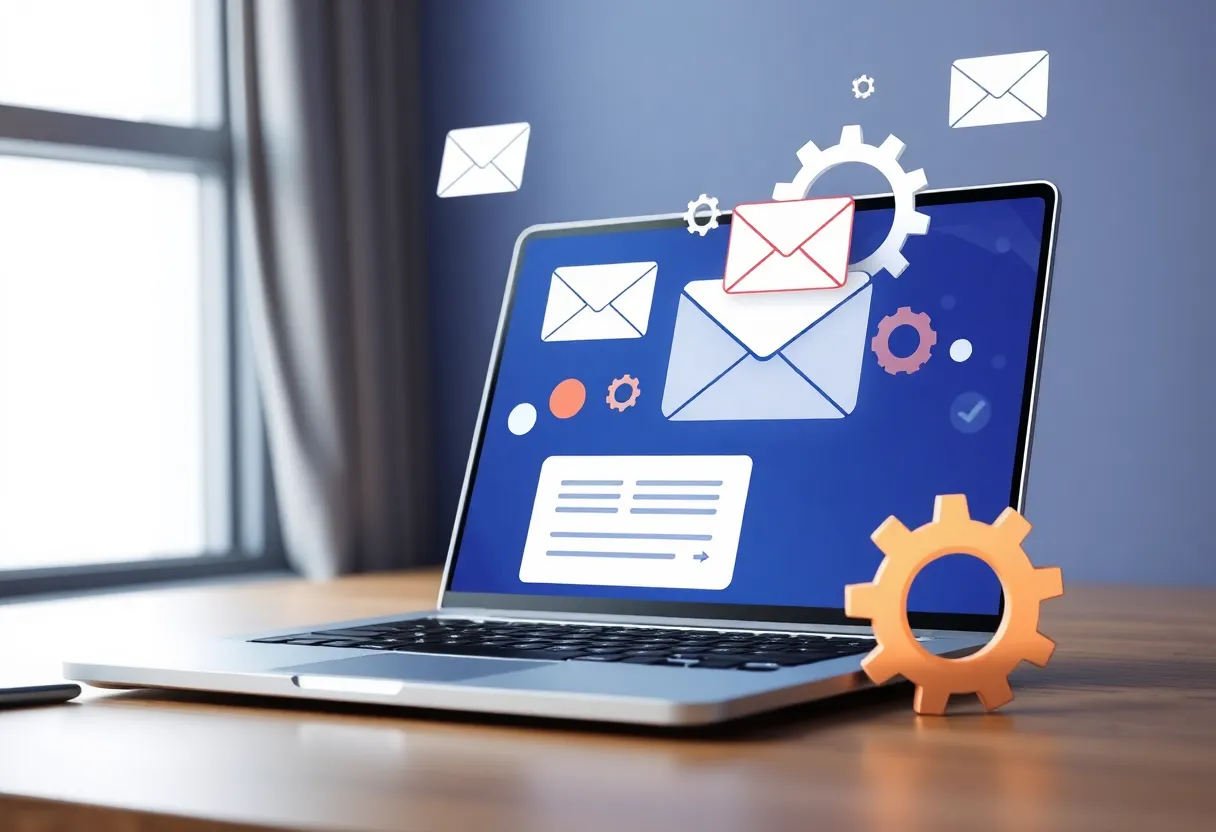How Can You Use Email Automation to Streamline Your Digital Marketing Efforts?
Email automation is an essential tool for modern digital marketing. It allows businesses to engage their audience effectively and manage their marketing processes efficiently. This article explores how you can leverage email automation to enhance your marketing strategy, focusing on key benefits, techniques, and actionable insights.
Understanding Email Automation
Email automation refers to the technology that automatically sends emails based on predefined triggers or schedules. It simplifies marketing efforts by enabling personalized communication at scale, even while you focus on other critical areas of your business.
Key Components of Email Automation
- Trigger-Based Emails: Send emails triggered by user actions, such as signing up for a newsletter or making a purchase.
- Drip Campaigns: A series of emails sent over time to nurture leads through the sales funnel.
- Segmentation: Dividing your audience into distinct groups for tailored content and promotions.
- A/B Testing: Experimenting with different subject lines, content, or send times to optimize performance.
Advantages of Email Automation
Using email automation in your digital marketing efforts presents numerous advantages:
1. Enhances Personalization
Personalized emails drive engagement. With automation, you can segment your audience based on behavior, preferences, and demographics, delivering tailored content that resonates.
2. Saves Time and Resources
Email automation reduces the manual effort required to manage campaigns. Automated processes free up valuable time, allowing team members to focus on strategic initiatives.
3. Improves Engagement Rates
Automated emails maintain consistent communication with your audience. Regular touchpoints increase engagement rates, ensuring your brand remains top-of-mind.
4. Analyzes and Improves Performance
Email automation tools offer robust analytics. You can track open rates, click-through rates, and conversions, gaining insights that inform future strategies.
How to Implement Email Automation in Your Strategy
To maximize the benefits of email automation, follow these steps:
1. Select the Right Email Automation Platform
Your choice of platform will significantly impact your success. Look for features like:
- User-Friendly Interface: Easy navigation and setup are crucial.
- Integration Capabilities: Ensure compatibility with your existing tools.
- Scalability: Your platform should grow with your business needs.
2. Build a Quality Contact List
Your contact list is the foundation of email automation. Focus on:
- Opt-In Forms: Create compelling lead magnets to encourage sign-ups.
- Regular Maintenance: Clean your list periodically to remove inactive or incorrect addresses.
3. Create Targeted Segments
Segmentation is a powerful feature. Use it to tailor messages based on factors such as:
- User Behavior: Track actions like website visits and previous purchases.
- Demographics: Consider characteristics like age, location, and gender.
4. Craft Compelling Content
Engaging content is vital. To improve response rates, ensure your emails are:
- Valuable: Offer insights, tips, or exclusive offers that benefit the reader.
- Visually Appealing: Use images and a clean design to enhance readability.
- Clear and Concise: Deliver your message succinctly to maintain interest.
5. Set Up Triggered Emails
Implementing triggered emails enhances user experience. Common triggers include:
- Welcome Emails: Initiate communication when someone subscribes to your newsletter.
- Abandoned Cart Emails: Remind customers of products they left in their shopping carts.
6. Monitor and Optimize Performance
Once your campaigns are live, continuously monitor their performance. Use A/B testing to refine elements such as:
- Subject Lines: Test variations to determine what resonates with your audience.
- Call-to-Action Buttons: Experiment with different phrasing and colors.
Best Practices for Successful Email Automation
Implement these best practices to enhance your email automation efforts:
1. Maintain Compliance
Adhere to regulations like the CAN-SPAM Act or GDPR to maintain trust and credibility. Provide clear options for subscribers to opt out at any time.
2. Use a Mobile-Responsive Design
Ensure your emails are accessible across devices. A significant portion of users accesses email on their smartphones, making responsive design essential.
3. Personalize Beyond the First Name
While using the recipient’s name is a good start, explore additional personalization tactics. Incorporate preferences and location to create relevance.
4. Optimize Send Times
Analyze your audience’s behavior to identify optimal send times. Timing can significantly impact open rates and engagement.
Conclusion
Email automation provides powerful opportunities to streamline digital marketing efforts. By embracing this technology, you can enhance personalization, save time, improve engagement, and analyze performance effectively. Follow the outlined steps and best practices to leverage email automation fully and elevate your marketing strategy.









